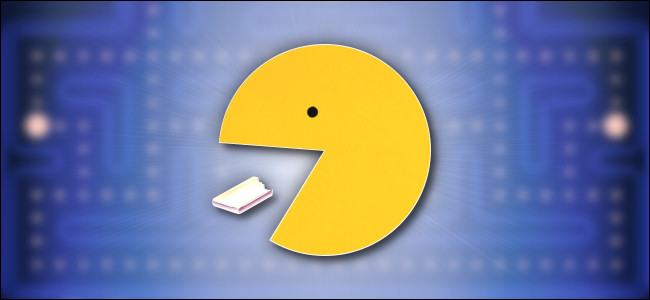
40 Years Later, ‘Pac-Man’ Is Still Capturing Our Hearts

It was 40 years ago when Pac-Man first gobbled its way into Japanese arcades and captured our hearts with its simple, but challenging, gameplay. Even after all this time, Pac-Man still rules as a cultural icon. Let’s explore what makes this game such a beloved and enduring phenomenon.
The Game
In the original 1980 arcade version of Pac-Man, you play as a yellow, disc-shaped hero and munch your way through a maze. Your goal is to eat all the dots, while avoiding four ghosts of different colors that chase you. If you collect any of the four power pellets on the stage, though, the tables turn. Pac-Man briefly gains the ability to eat the ghosts, and they run away from you.

At the time of its release, Pac-Man was also notable for being a relatively nonviolent game. It’s free of the shooting, killing, and explosions that were common in other arcade games at the time. Indeed, the game’s creator, Toru Iwatani, specifically avoided violence in Pac-Man to make the game more appealing to women. This crossover appeal contributed heavily to the game’s unusual mainstream success at the time.
It’s likely that Pac-Man has proved perennially popular because it’s so easy for anyone to pick up and learn. There’s only one interface: a four-way joystick, and no buttons required. The gameplay concept is obvious, yet challenging enough to keep you coming back for more.
The Ports
When Pac-Man came home in the early 1980s, the game was just as wildly popular on consoles and home computers as it had been in arcades. Over the last 40 years, the original Pac-Man arcade game has appeared on at least 37 computer and video game platforms. You can play an officially licensed version of the game on anything from an Xbox 360 to a click-wheel iPod. If you count unlicensed games and clones, Pac-Man is basically on everything.
The most well-received home ports back in the day were the Atari 800 and 5200 versions of the game. Later releases, such as the Namco Museum series in the mid-’90s, though, had the horsepower available to emulate the original arcade game code for a more authentic experience.
As far as lesser ports go, who can forget the story of Pac-Man’s controversial Atari 2600 version? Atari famously rushed the port out the door despite its poor quality. The company manufactured more copies of the game than Atari 2600 consoles in existence and then had to bury unsold inventory in the New Mexico desert. It still sold 7 million copies, but it left a bad taste in the mouths of many Atari customers and contributed to the 1983 North American video game crash.
The Sequels
Not long after its release in 1980, players discovered Pac-Man is a deterministic game. This means it plays out exactly the same if you give it exactly the same inputs. A quick enough player who memorizes a set of five patterns can play Pac-Man indefinitely on a single quarter (or until he or she hits the kill screen).

The creators of Ms. Pac-Man (1981) improved on these shortcomings in their sequel by adding more mazes and improved ghost AI. Ms. Pac-Man has been an enduring success in arcades. It even outsold Pac-Man in U.S. stand-alone machine sales.
Other early follow-ups, such as the lackluster Pac-Man Plus and the underrated Super Pac-Man, failed to make much of an impact in the market. They’re still relatively niche games.
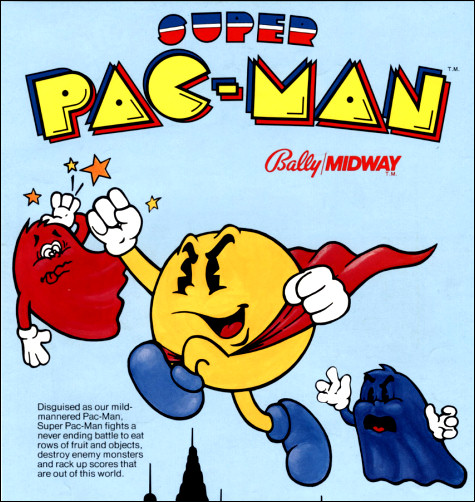
However, Pac-Man has become more than just a game—it’s a franchise. Online video game database, Mobygames, currently lists 92 licensed Pac-Man spin-offs. A few standouts include Ms. Pac-Man Maze Madness, Pac-Man World, Pac-Man Arrangement, and Pac-Man Championship Edition DX.
Related : What is Nvidia SHIELD TV?
The Merch
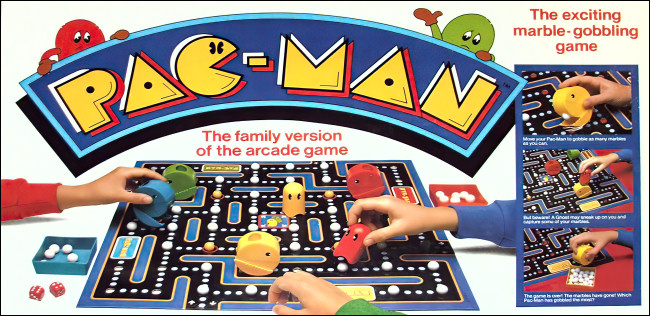
After introducing such an iconic set of characters, it’s not surprising Pac-Man inspired a huge wave of licensed merchandise. In the ’80s, elements of the game made their way onto hundreds of products, including trash cans, bedspreads, roller skates, drum sets, lunch boxes, puzzles, board games, clothing, cereal, and much more.
And don’t forget Pac-Man Children’s Chewable Multi-Vitamin Plus Iron, which allowed kids to imitate their power-pellet-munching hero in the pursuit of good health.
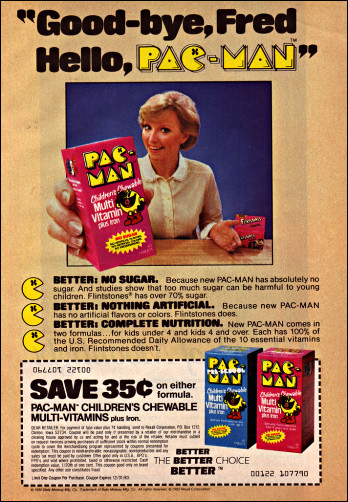
Pac-Man merchandise is still common today. You can order Pac-Man socks, water bottles, fleece blankets, or even a 1/4-size functional replica of the original arcade cabinet. And there’s no end in sight.
The Phenomenon
Pac-Man was perhaps the first video game in America to become a mainstream cultural phenomenon. It was covered frequently by the press and even demonized at times.
The game also inspired an American hit single called “Pac-Man Fever” by Buckner & Garcia. It reached No. 9 on the Billboard Hot 100 chart in March 1982.
Pac-Man is still a cultural stalwart. In 2015, the character had a prominent role as a traffic-munching-monster in the film Pixels. Even though the film received largely negative reviews, it was still a reminder of the evergreen, iconic nature of Pac-Man.
Recently, to celebrate the game’s 40th anniversary, author Tim Lapetino has been tweeting about Pac-Man daily. His goal is to do something Pac-Man-related every day this year. It’s fun to follow the interesting tidbits he’s sharing.
How to Play the Original Pac-Man Today
Unlike many 40-year-old video games, Pac-Man is still available on modern hardware. You can play it as a standalone, of course. But it’s also in collections on most modern gaming platforms, including Windows, PlayStation 4, Xbox One, Nintendo Switch, iPhone, iPad, and Android.
Pac-Man might also still be lurking at your local arcade. On Namco’s World’s Largest Pac-Man machine, you can play the iconic original on a nearly nine-foot-high screen.
You can even play an interpretation of Pac-Man as a Google Doodle in your web browser. It’s just one more reminder that Pac-Man is everywhere, and, likely, will continue to be for decades to come. Happy birthday, Pac-Man!



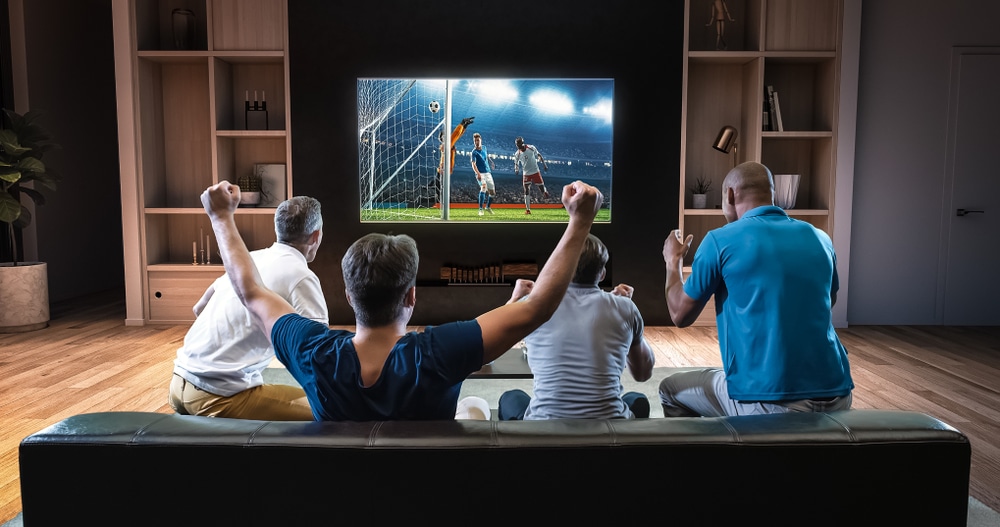



Leave a reply